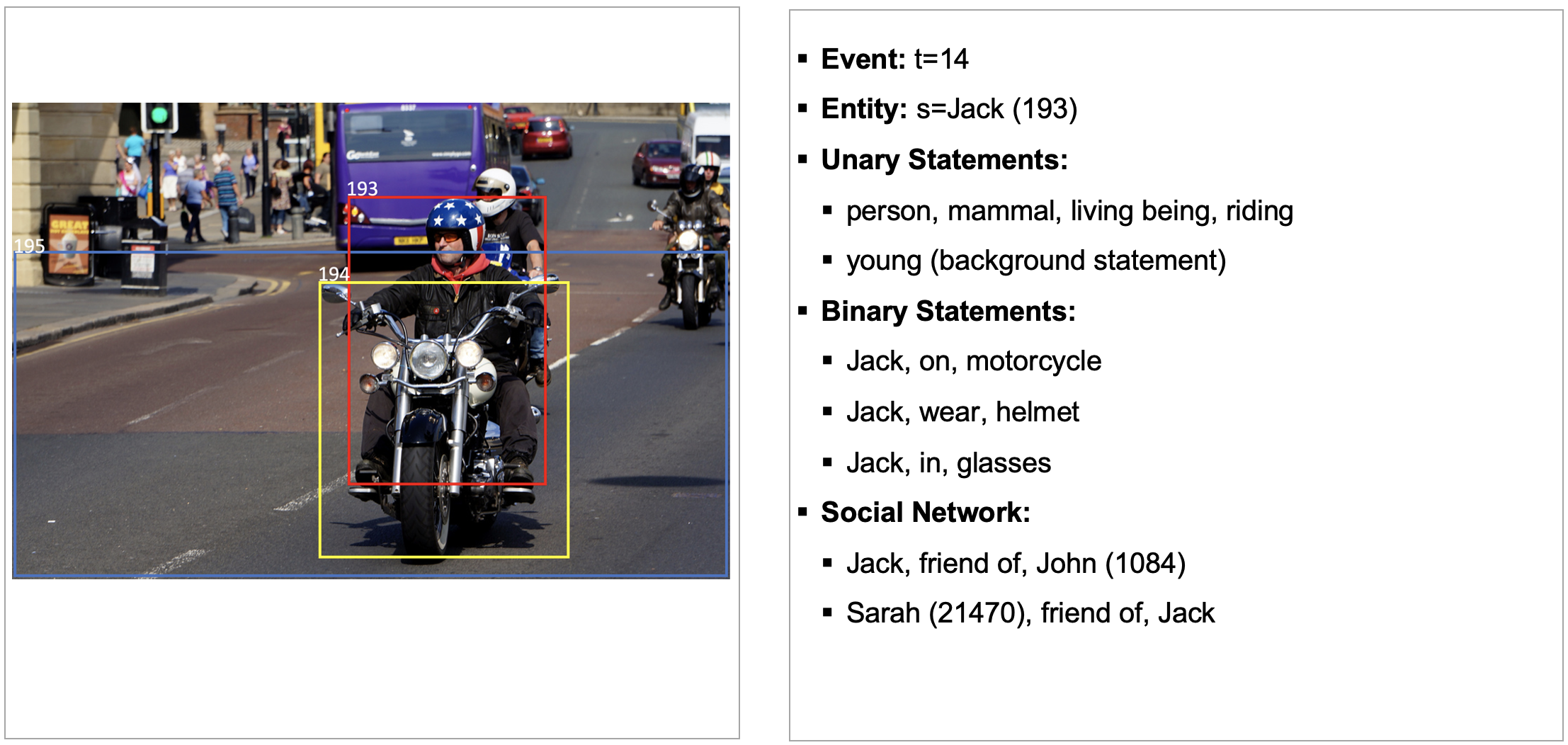The Tensor Brain: A Unified Theory of Perception, Memory and Semantic Decoding
We present a unified computational theory of an agent's perception and memory. In our model, perception, episodic memory, and semantic memory are realized by different operational modes of the oscillating interactions between a symbolic index layer and a subsymbolic representation layer. The two layers form a bilayer tensor network (BTN). Although memory appears to be about the past, its main purpose is to support the agent in the present and the future. Recent episodic memory provides the agent with a sense of the here and now. Remote episodic memory retrieves relevant past experiences to provide information about possible future scenarios. This aids the agent in decision-making. "Future" episodic memory, based on expected future events, guides planning and action. Semantic memory retrieves specific information, which is not delivered by current perception, and defines priors for future observations. We argue that it is important for the agent to encode individual entities, not just classes and attributes. We demonstrate that a form of self-supervised learning can acquire new concepts and refine existing ones. We test our model on a standard benchmark data set, which we expanded to contain richer representations for attributes, classes, and individuals. Our key hypothesis is that obtaining a better understanding of perception and memory is a crucial prerequisite to comprehending human-level intelligence.
PDF Abstract



 VRD
VRD